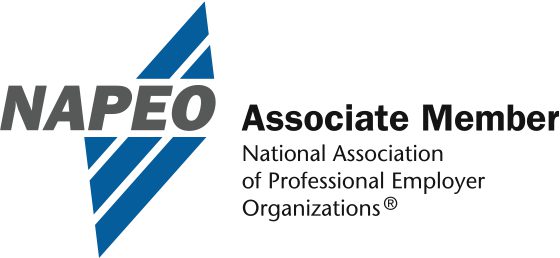Terminating an employee is never easy, and often, the events leading up to the termination are not either. An employee who once was a competent hire has become a problem for your company. Terminating the employee without a plan to correct the behavior or issue can be risky business, especially if your company is an Asset Management firm, RIA, or alternative investment fund.
You must have a fair plan in place to help the employee overcome poor performance. Partnering with PEO can provide your company with a measurable goal and a timeline that both of you agree on. Additionally, you need to ensure your employee has the tools they need to be successful. According to NAPEO, companies in a PEO arrangement grow 7-9 percent faster, have 10-14 percent lower turnover, and are 50 percent less likely to go out of business.

Recruiting, hiring, and training a new employee to replace the one you are considering terminating is costly- do not let the replacement be expensive with an additional wrongful termination lawsuit. Termination may happen regardless, but there are some steps to take before terminating the employee:
Document, document, document. Showing documentation and instances of poor performance and the date it occurred is critical to making your case with the employee, state unemployment office, or in litigation if it goes that far.
Create a performance improvement plan and review it with the employee. The employee’s role should be clear, each corrective action outlined, and resources and tools available to help the employee excel in their role outlined in the plan. Additionally, list how and when termination will occur based on performance helps to ensure that issues are legitimate. The employee should sign off on the performance plan to confirm their acceptance and understanding along with a representative from your company. Remember that your performance improvement plan must have a start and end date.
Communicate your expectations and offer coaching. An employee facing termination should have the opportunity to be coached just like a new employee. Although it may seem unnecessary, communicating your expectations, coaching, and retraining is one step toward correction- or termination. Access weekly progress with the employee, and document all interactions especially if the employee refuses coaching.
Review the job description together. The employee should have received the job description at the interview and again upon hiring with their signature proving they accepted the job description. Review the job description again with the employee and have them sign and date during the job description review.
Hold weekly meetings. Meet with the employee weekly to review the performance plan progress. If they are meeting it, celebrate, and if not, offer to coach them. Lastly, have the employee and HR sign off on the meeting notes.
If you’re still not seeing an improvement, it may be time to terminate your employee once you’ve tried to correct performance issues and have completed these remaining steps:
- Review all documentation from the steps above- you will review them with the employee at the termination meeting.
- Contact your PEO Provider to ensure you are following all state-specific employment wages and termination regulations.
- Review contracts and non-compete agreements, if applicable.
- Have your PEO provider present or another representative from your company.
It is never easy to terminate someone. Remember that honesty is vital in addressing the termination and should occur through a step-by-step process.

At Aspen HR, we provide HR Managed Services via our PEO and ASO solutions to Asset Management firms, RIAs, and alternative investment funds. Our white-glove service model enables our clients to truly focus on their core business while becoming best-in-class employers. Our specific services include HR compliance and consulting, employee benefits (medical dental, vision, life, disability, 401(k), and payroll administration.







